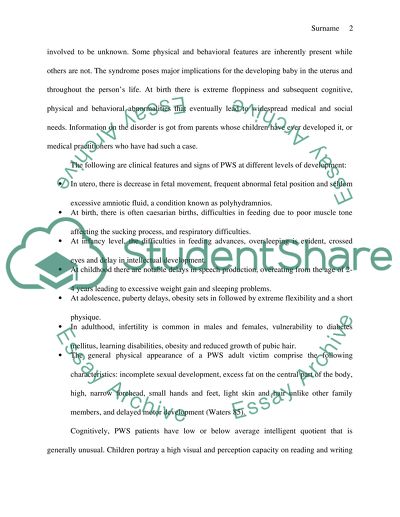Cite this document
(“Biology - Prader-Willi Syndrome Research Paper Example | Topics and Well Written Essays - 1000 words”, n.d.)
Retrieved from https://studentshare.org/biology/1449547-praderytwilli-syndrome
Retrieved from https://studentshare.org/biology/1449547-praderytwilli-syndrome
(Biology - Prader-Willi Syndrome Research Paper Example | Topics and Well Written Essays - 1000 Words)
https://studentshare.org/biology/1449547-praderytwilli-syndrome.
https://studentshare.org/biology/1449547-praderytwilli-syndrome.
“Biology - Prader-Willi Syndrome Research Paper Example | Topics and Well Written Essays - 1000 Words”, n.d. https://studentshare.org/biology/1449547-praderytwilli-syndrome.


